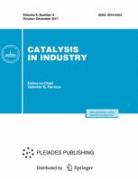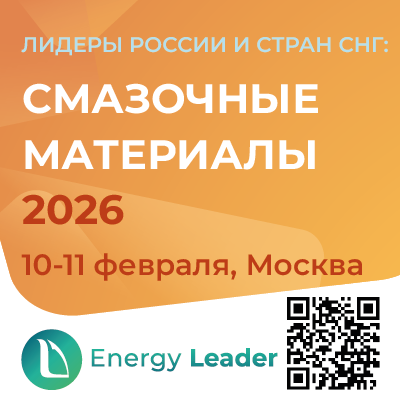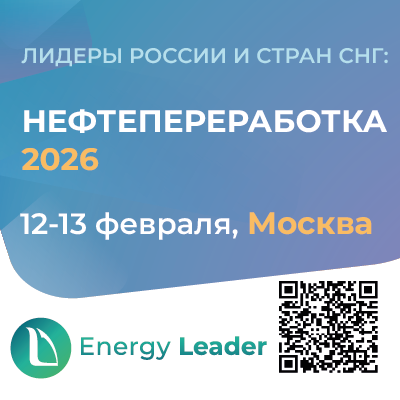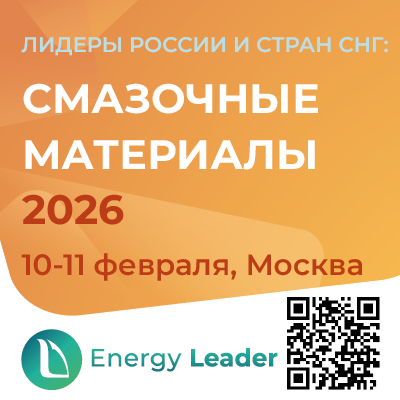Studies of factors affecting the erosive wear of industrial facilities for dehydrogenation in the fluidized bed of microspherical aluminochromiun catalysts
Abstract
Main problems related to the operation of high strength impregnated microspherical aluminochromium catalysts in the process of dehydrogenation of isoparaffins are discussed. A focus is made on the problem of erosive wear of the walls of overflow pipelines during operation of the mixture of the impregnated isobutane dehydrogenation catalyst (IDC) with the traditional IM-2201C catalyst and on the ways to resolve the problem. It is established that the main reason for intensifying the erosive wear is the rise of the catalyst particle pulse due to an increase in the average particle size and an increase in the transport gas flow rate: Upon substitution of the mixture of IM-2201C and IDC (70:30) for IM-2201C, the average particle size of the equilibrium catalyst increases from 68 to 74 μm. The optimal fraction composition of the high-strength catalytic system is calculated to provide no increase in the abrasion activity but a decrease in the feeding rate of the transport gas and preservation of the 20–30 wt.% proportion of particles of 20–40 μm in size. It is recommended to manufacture a commercial batch of the highstrength catalyst with the optimal fraction composition in order to use it without addition of IM-2201C for the industrial isobutane production.
About the Authors
A. N. KataevRussian Federation
A. A. Lamberov
Russian Federation
S. R. Egorova
Russian Federation
Kh. Kh. Gilmanov
Russian Federation
References
1. Кирпичников П.А., Береснев В.В., Попова Л.М. Альбом технологических схем основных производств
2. промышленности синтетического каучука. Л.: Химия, 1986. 224 с.
3. Ламберов А.А., Егорова С.Р., Гильманов Х.Х., Нестеров О.Н., Гильмуллин Р.Р., Бекмухамедов Г.Э. // Катализ в промышленности. 2008. № 3. С. 31.
4. Котельников Г.Р., Патанов В.А., Шитиков И.А. Разработка катализатора дегидрирования парафиновых углеводородов на основе активного оксида алюминия. ЦНИИТЭнефтехим, 1983.
5. Kotelnikov G.R. // React. Kinet. Lett. 1995. Vol. 55, № 2. P. 537.
6. Пат. 2200143 РФ. Катализатор для дегидрирования углеводородов и способ его получения. Борисова Т.В., Качкин А.В., Макаренко М.Г., Мельникова О.М., Сотников В.В. Дата поступления заявки 28.09.2001. Опубл. 10.03.2003.
7. Пат. 2148430 РФ. Катализатор для дегидрирования парафиновых углеводородов и способ его получения. Борисова Т.В., Качкин А.В., Макаренко М.Г., Мельникова О.М., Сотников В.В. Дата поступления заявки 28.09.1999. Опубл. 10.05.2000.
8. Пат. 2156233 РФ. Способ получения олефиновых углеводородов. Котельников Г.Р., Беспалов В.П., Титов В.И. Дата поступления заявки 04.08.1999. Опубл. 20.09.2000.
9. Пахомов Н.А., Парахин О.А., Немыкина Е.И. Данилевич В.В., Чернов М.П., Печериченко В.А. // Катализ в промышленности. 2012. № 3. С. 65.
10. Пат. 2325227 РФ. Способ получения катализатора дегидрирования парафиновых углеводородов. Палей Р.В., Трифонов С.В., Бусыгин В.М., Нестеров О.Н., Гильманов Х.Х., Бурганов Т.Г., Ламберов А.А., Зиятдинов А.Ш. Дата поступления заявки 15.03.2007. Опубл. 27.05.2008.
11. Ильин В.М., Веклов В.А., Павлова И.Н., Касьянова Л.З., Баженов Ю.П., Сайфуллина А.А. // Катализ в промышленности. 2005. № 4. С. 47.
12. Егорова С.Р., Катаев А.Н., Бекмухамедов Г.Э., Ламберов А.А., Гильмуллин Р.Р., Хайдаров Р.А., Нестеров О.Н., Гильманов Х.Х. // Катализ в промышленности. 2009. № 4. С. 37.
13. Родованович М. Сжигание топлива в псевдоожиженном слое. М.: Энергоатомиздат, 1990. 246 с.
Review
For citations:
Kataev A.N., Lamberov A.A., Egorova S.R., Gilmanov Kh.Kh. Studies of factors affecting the erosive wear of industrial facilities for dehydrogenation in the fluidized bed of microspherical aluminochromiun catalysts. Kataliz v promyshlennosti. 2014;(3):66-72. (In Russ.)




























